
AeroGenie — Seu copiloto inteligente.
Tendências
Categories
Comparison of Pilot Salaries in the US and Europe
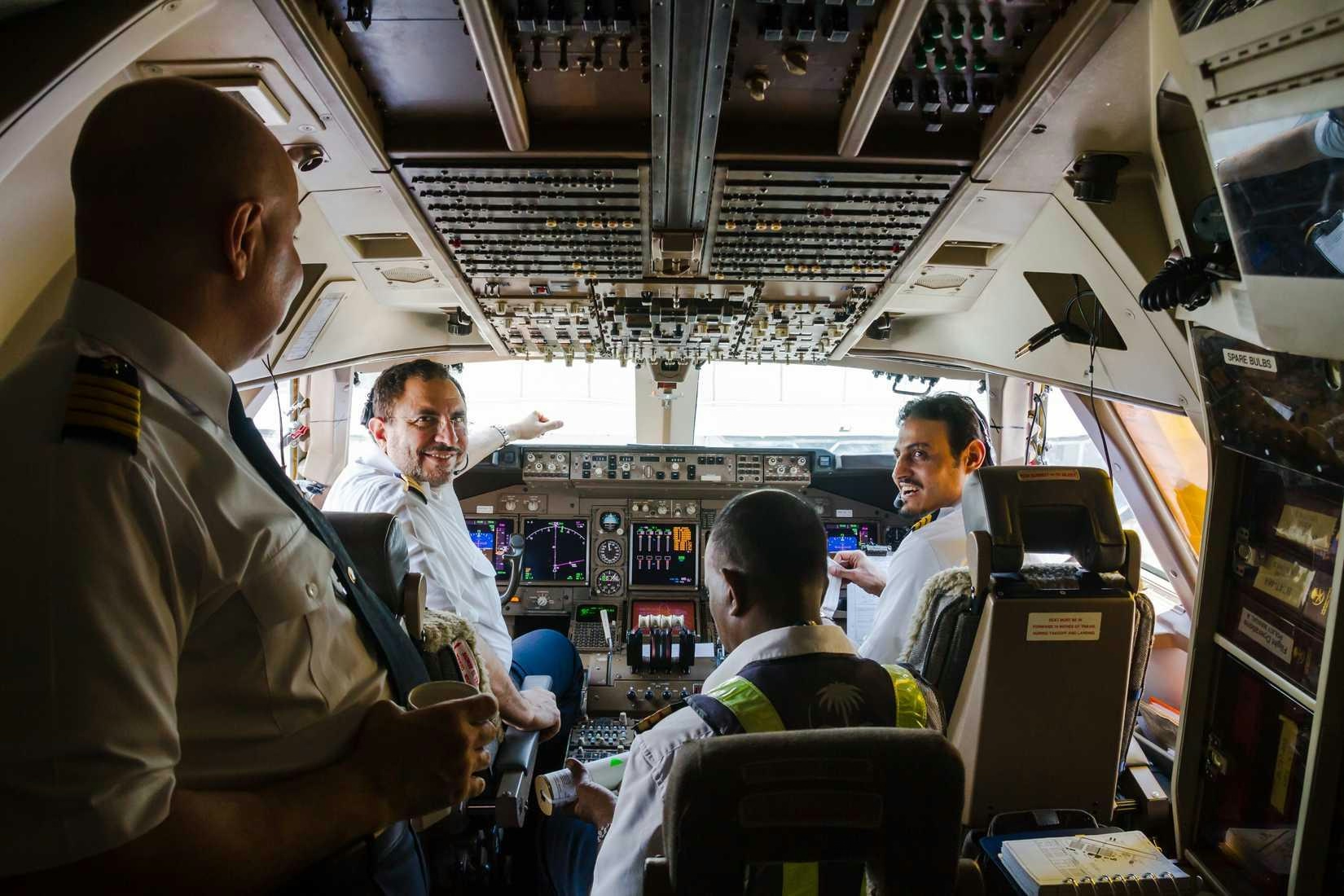
Comparison of Pilot Salaries in the US and Europe
Flying continues to captivate the public imagination, with airline pilots often regarded as emblematic of this allure. However, beneath the surface of this polished image lies a complex landscape of pay and working conditions that vary significantly between the United States and Europe. In the US, a combination of strong demand, a competitive regional airline system, and decades of deregulation has created a distinctive salary structure for pilots. Conversely, Europe’s aviation sector, dominated by legacy carriers, stringent regulations, and ongoing cost pressures, presents a markedly different environment for those in the cockpit.
These regional differences are further complicated by external factors. For example, the recent US government shutdown disrupted the Federal Aviation Administration’s certification and medical processing, delaying checkrides for hundreds of new pilots and extending training timelines. Even within one of the world’s highest-paying aviation markets, a pilot’s career trajectory can be influenced by forces well beyond their control.
Training and Entry: The Foundation of Pilot Compensation
The path to becoming an airline pilot is a demanding and costly endeavor on both sides of the Atlantic, with the structure and expense of training playing a crucial role in shaping early-career earnings. In the United States, aspiring pilots must accumulate a minimum of 1,500 flight hours to qualify for an Airline Transport Pilot (ATP) certificate. Training programs typically cost between $80,000 and $100,000, although some candidates mitigate these expenses by working as flight instructors. Upon employment, first officers at regional airlines earn between $55,000 and $85,000 annually, with salaries rising rapidly amid ongoing pilot shortages. According to May 2024 data from the Bureau of Labor Statistics, the median annual wage for US airline pilots exceeds $219,000, with captains at major airlines frequently earning over $300,000.
In Europe, the route to the cockpit differs notably. Integrated ATPL programs enable pilots to complete their licenses within 18 to 24 months, costing between €80,000 and €120,000. However, many European carriers require pilots to self-fund type ratings, which add an additional €20,000 to €30,000. Entry-level salaries tend to be lower; short-haul first officers at low-cost carriers earn between €35,000 and €50,000, according to Euronews projections for 2025. Regional disparities are pronounced, with entry pay as low as €32,000 in Romania, while pilots in Switzerland earn averages exceeding €113,000.
While both regions demand substantial upfront investment, the financial returns diverge. US pilots generally experience more rapid salary progression, whereas European pilots often encounter extended periods of stagnant pay early in their careers.
Salary Comparisons: Context Beyond Numbers
Direct comparisons of pilot salaries between the US and Europe are complicated by differing regulatory frameworks, cost of living variations, and industry-specific factors such as fuel prices and maintenance expenses. For example, higher salaries in the US may be offset by elevated living costs in major airline hubs, while European pilots might receive lower pay but benefit from comparatively lower expenses in certain regions.
These disparities have tangible implications for the aviation industry. Market responses to salary differences can drive significant operational changes, including mergers and acquisitions, as exemplified by EasyJet’s strategic moves. Airlines may adjust compensation packages to retain talent amid supply chain challenges projected to cost the industry over $11 billion in 2025. As the sector evolves, pilot remuneration and working conditions remain central to the ongoing transformation of global aviation.
Whether viewed from the perspective of an aspiring pilot or an industry observer, it is evident that geography, regulatory environments, and airline culture profoundly influence pilot salaries and the broader future of the profession.

Philippine Airlines, Citi, and UK Export Finance Finalize Financing for Rolls-Royce Trent XWB-97 Engine
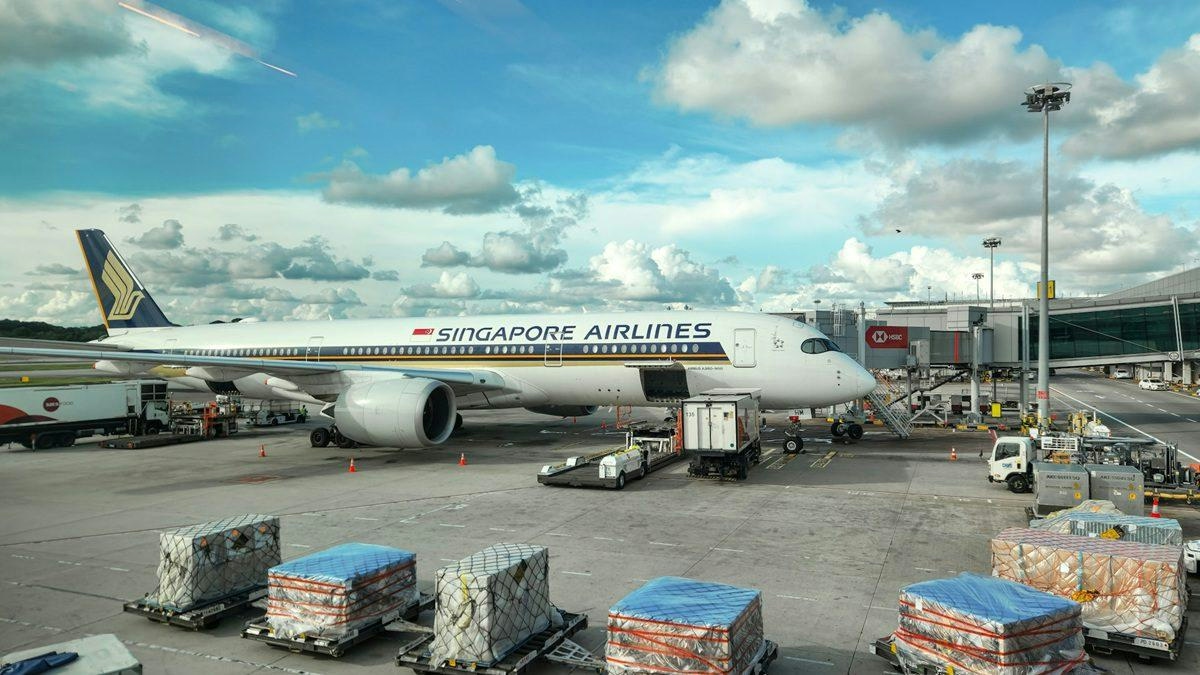
Singapore Airlines Commits to Innovation and Excellence in Travel

Airlines Transition from Data Silos to AI-Driven Insights

Boeing Prepares 777X Prototype for Dubai Airshow Flight Demonstration

Japan Airlines Explores AI and Smart Tourism at UN Tourism Assembly in Riyadh
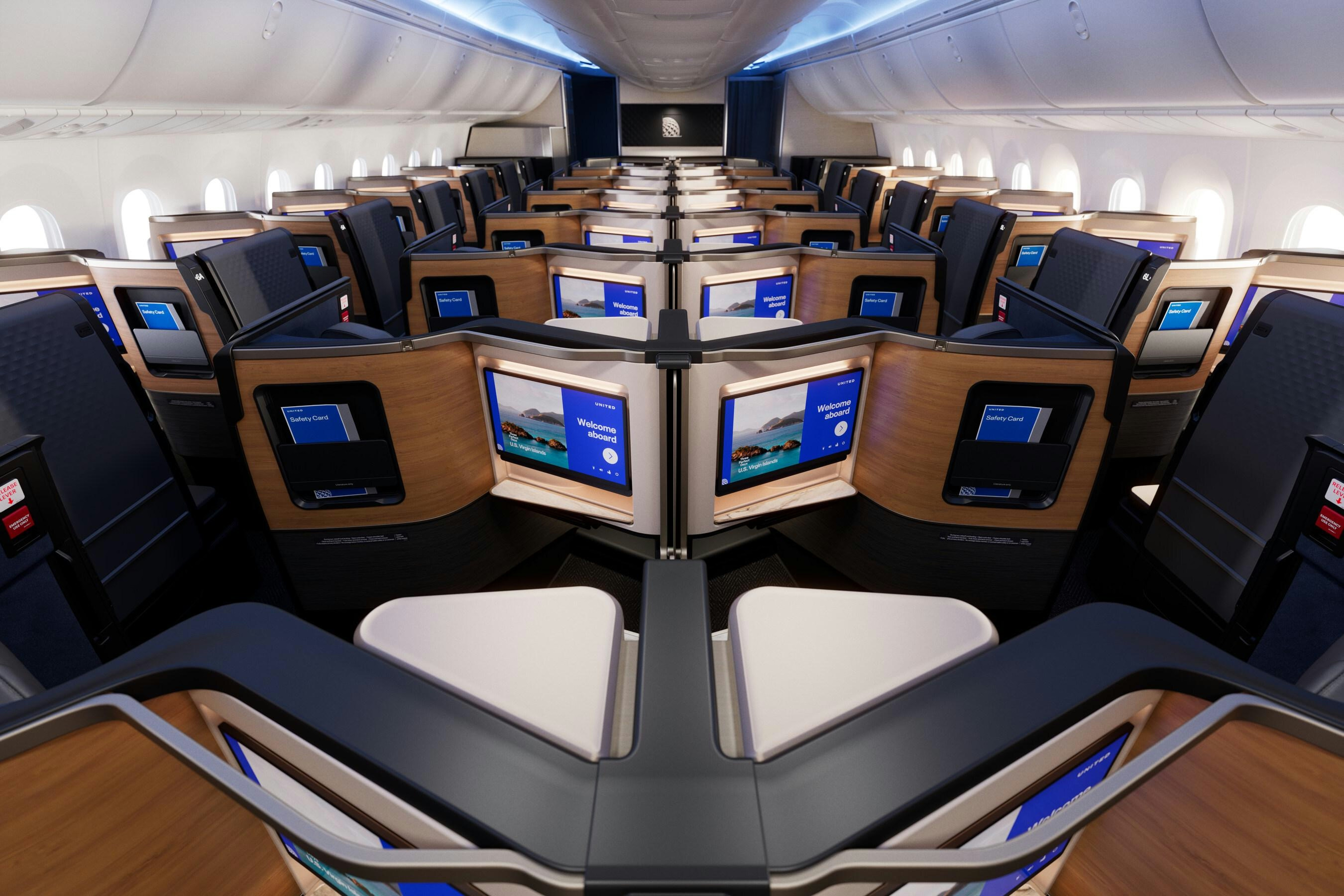
United Airlines Joins Major Carriers in Adopting New Aircraft Technology

Major Airlines Expand Use of Narrowbody Aircraft
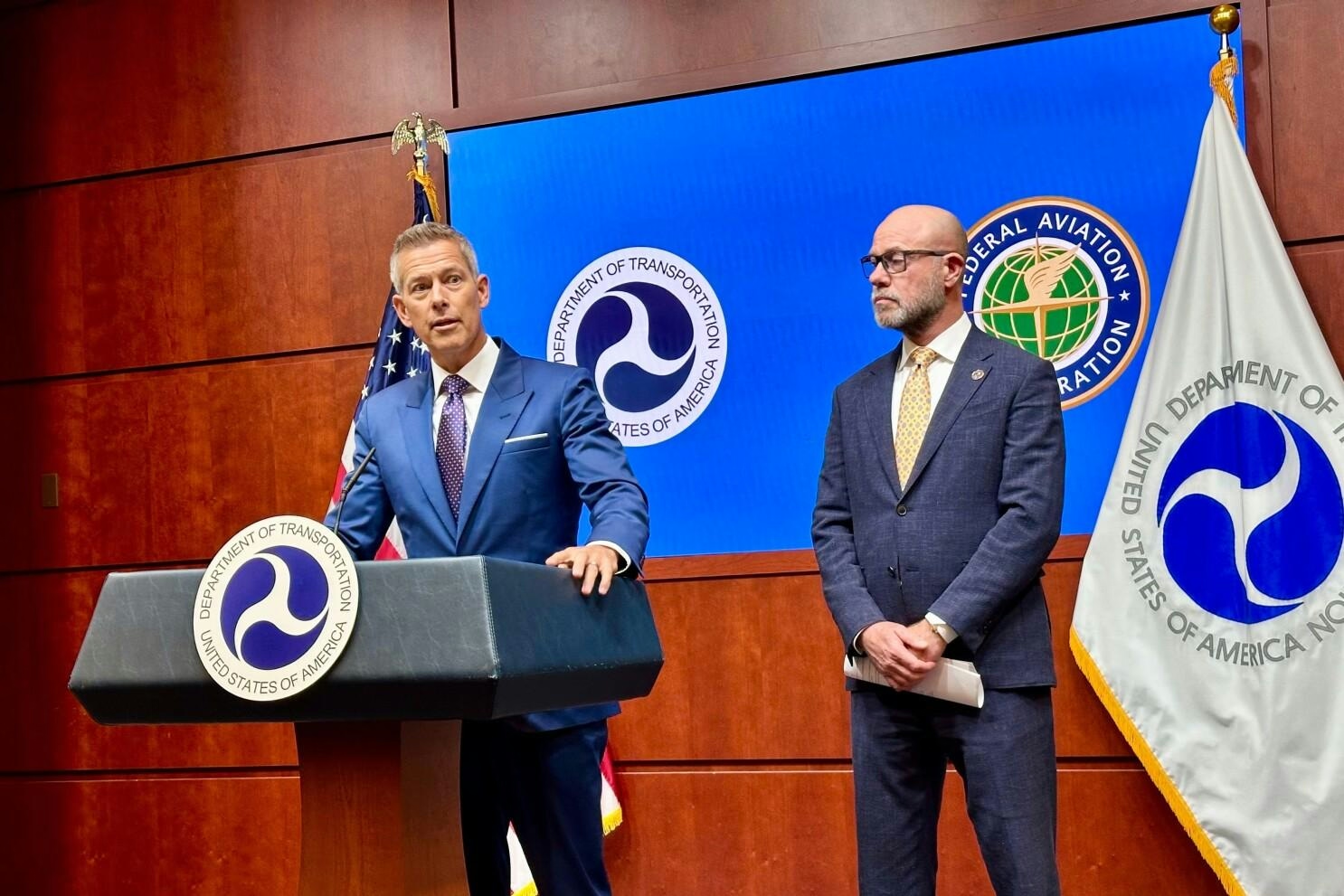
Airline CEOs Urged Trump Officials to Defend Flight Reductions
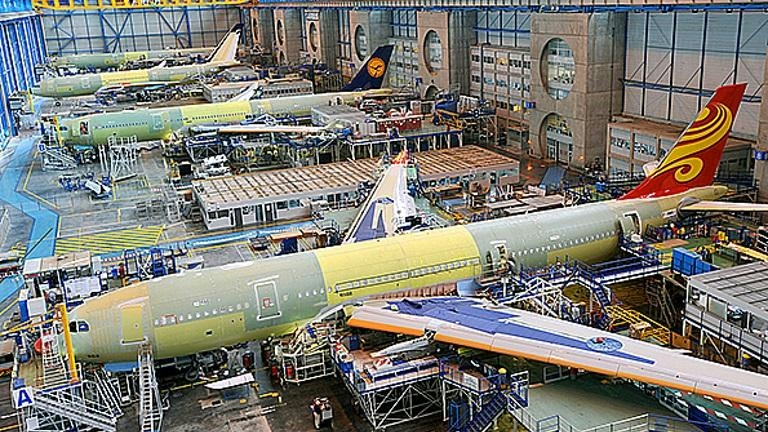
Airbus Orders Rise Amid Global Demand Exceeding Capacity
